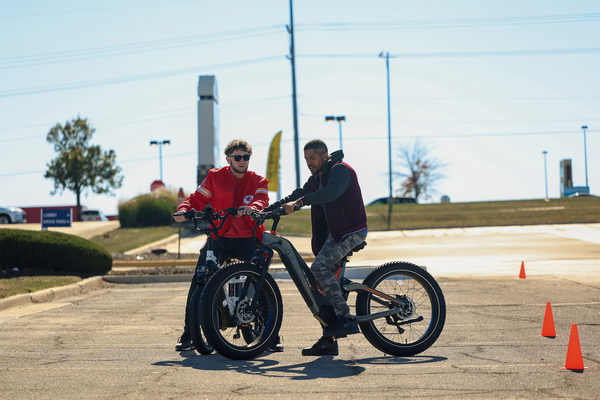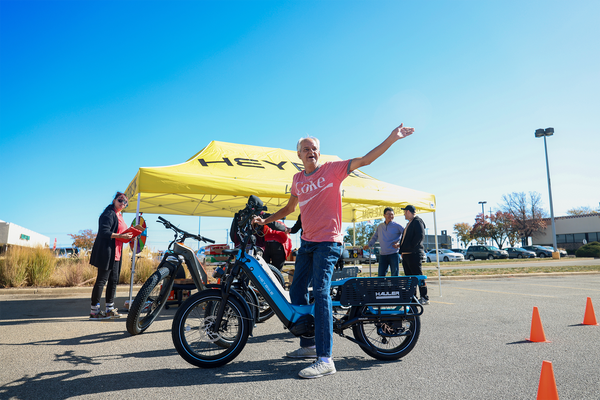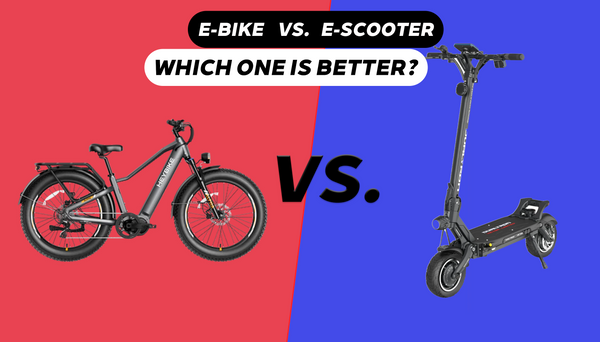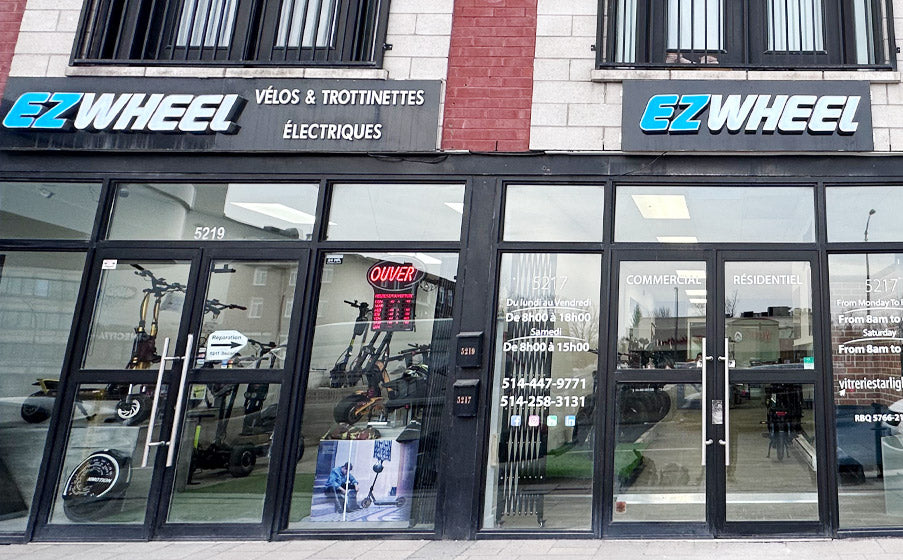Say Goodbye to Flats: Expert Tips for Electric Scooter Tire Care
Share
1. Know your Tires: Tubed vs. Tubeless vs. Solid
The first bit of anti-flat homework is done BEFORE purchasing your scooter. There are 3 main types of tires out there and each have their pros and cons. Make sure to research which type of tires the scooter of your dreams sports:
- Tubed: Tubed tires are the standard type of tires in the scooter world and function as a bike tire: The air is held in an air chamber called the inner tube, which is inserted inside the outer tire. This kind of Tire is traditional and affordable, easy to repair but more prone to punctures.

- Tubeless: As the name implies, this type of tire does not need an inner tube to hold the air. They function like a car tire: it's the outer tire that sticks to the rim and that's what holds the air. They are a bit more expensive, but stronger and often self-sealing. Besides, it requires good rim condition.

- Solid: Solid tires are airless tires filled with rubber and therefore are puncture-proof, which means maintenance costs will be lower. However, they are compromise on speed and ride comfort. They are best for slower, short-distance scooters, and become dangerous past a certain speed (50-60 km/h), as they impact the handling of the scooter.

2. Ride Smart: Bracing while braking
This is where experienced riders stand out. Managing your body weight correctly while braking and accelerating can significantly reduce the risk of flat tires—and even prevent structural damage to your scooter.
Here’s how it works:
· When braking (like approaching a red light), your body weight naturally shifts forward, putting extra pressure on the front tire and stem. This increases the risk of front tire flats—and in extreme cases, can even damage the stem.
· To counter this, shift your weight backward as you brake, easing the pressure on the front. A rear footrest can really help you balance and control that shift.
· When accelerating, the opposite happens. Your rear tire bears most of the force, making it more prone to flats if overloaded. That’s why you should shift your weight slightly forward during takeoff to help distribute the load more evenly.
Mastering these subtle weight shifts while riding will help extend your tire life—and give you a smoother, safer ride overall.

3. Check Tire Pressure Regularly
Check tire pressure once a week if you ride daily. For occasional riders, check before each ride. Proper pressure reduces flats and extends tire life.

4. Use Common Sense
Most scooters aren't made to go down sidewalks or do wheelies. Despite the appeal of doing stunts for the adrenaline rush and to impress your friends, we recommend sticking to regular asphalt roads and avoiding potholes whenever possible.


Recent Blogs

Top 5 des vélos électriques pour l'été
L’été est la saison idéale pour partir à l’aventure à vélo. Que ce soit pour aller à la plage, se rendre au travail ou...

Top 5 Electric Bikes for Summer Riding
Summer is the perfect time to explore the outdoors on two wheels. Whether you're heading to the beach, commuting to work, or going on...

Electric Bike or Scooter? Find Out Which One Su...
In recent years, electric bike and scooters have taken cities by storm. Compared with traditional car travel, cycling is more environmentally friendly, and it...

